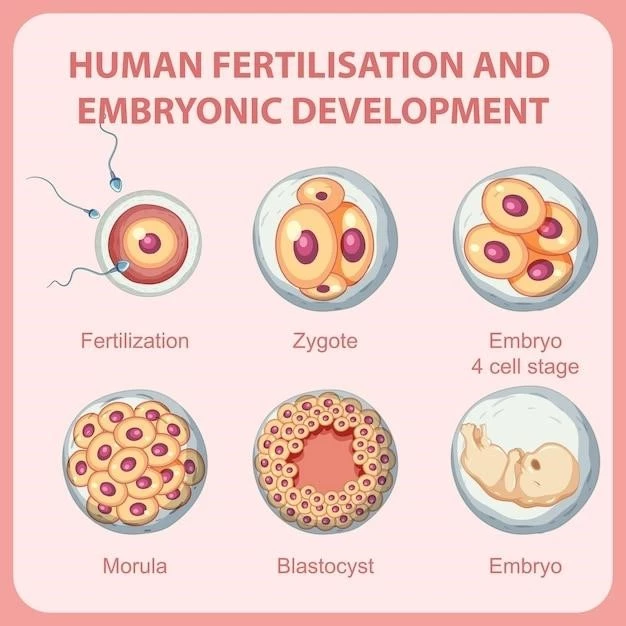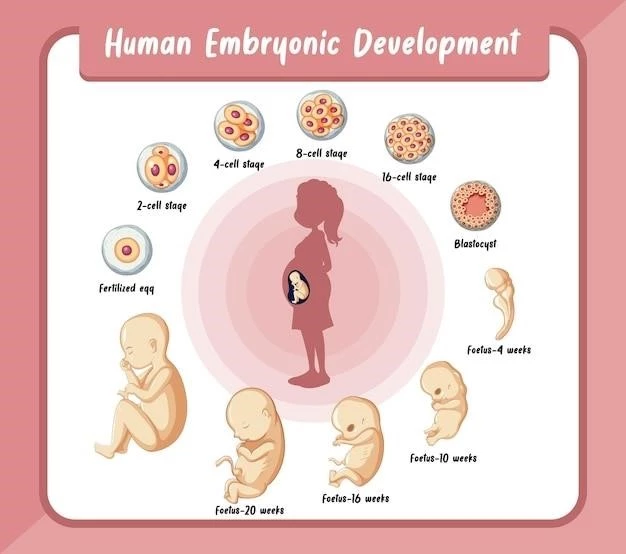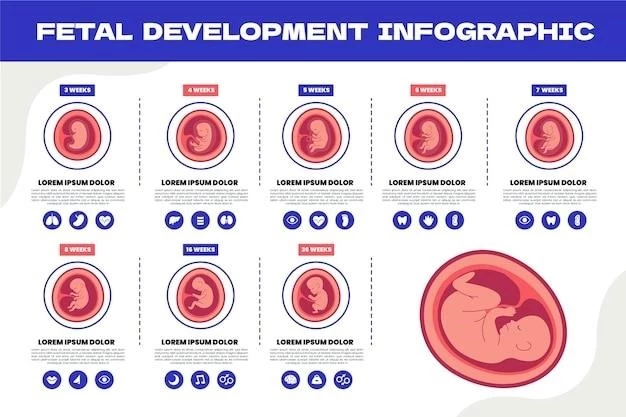Overview of Rhabdomyosarcoma, Embryonal
Rhabdomyosarcoma (RMS) is a primitive pediatric malignant soft tissue sarcoma of skeletal muscle phenotype that originates from a primitive mesenchymal cell. Most cases are diagnosed in children under the age of 6. The etiology and risk factors remain largely unknown. Most cases of rhabdomyosarcoma are sporadic; however, the disease is associated with familial syndromes. Rhabdomyosarcoma types include embryonal, alveolar, and spindle cell/sclerosing subtypes.
Definition and Origin
Rhabdomyosarcoma (RMS) is a malignant soft tissue sarcoma originating from primitive mesenchymal cells. It primarily affects children under six years old, with the etiology largely unknown. While most cases are sporadic, familial syndromes are linked to the disease. RMS includes subtypes such as embryonal, alveolar, and spindle cell/sclerosing variations.
Types of Rhabdomyosarcoma
Embryonal Rhabdomyosarcoma⁚ This type is more common in children, typically found in the head and neck areas, and genital or urinary organs.
Embryonal Rhabdomyosarcoma
Embryonal Rhabdomyosarcoma is the most common subtype of Rhabdomyosarcoma, typically affecting children and young adults. It often arises in the head and neck region, as well as in the genital and urinary organs. This type of tumor is characterized by tumor cells resembling primitive developing skeletal muscle and can occur anywhere in the body.
Alveolar Rhabdomyosarcoma
Alveolar Rhabdomyosarcoma is a subtype of Rhabdomyosarcoma that primarily occurs in the arms, legs, chest, abdomen, genitals, or anal area. It is less common than the embryonal subtype but presents distinct characteristics and challenges in diagnosis and treatment.
Spindle Cell/Sclerosing Rhabdomyosarcoma
Spindle Cell/Sclerosing Rhabdomyosarcoma is a subtype of Rhabdomyosarcoma that typically occurs in areas such as the testicular region. Among the spindle cell/sclerosing subtypes, one variant affects infants in the trunk area of the body. This subtype presents unique characteristics and diagnostic challenges compared to other forms of Rhabdomyosarcoma.
Characteristics of Embryonal Rhabdomyosarcoma
Embryonal Rhabdomyosarcoma is the most common subtype, predominantly affecting children and young adults; It typically arises in the head and neck region, as well as in the genital and urinary organs, showcasing high variability in histological appearance and clinical behavior. Accurate diagnosis is crucial for appropriate treatment strategies.
Most Common Type in Children
Embryonal Rhabdomyosarcoma is the most prevalent type in children, commonly affecting the head and neck region, as well as the genital and urinary organs. It is the primary subtype observed in pediatric cases, demonstrating diverse histological characteristics and clinical behaviors necessitating accurate identification for effective management.
Typical Locations in the Body
Embryonal Rhabdomyosarcoma typically manifests in the head and neck region, as well as in the genital and urinary organs. While it can arise in various body locations, these areas are commonly affected by this subtype of Rhabdomyosarcoma. Accurate identification of the tumor’s location is crucial for determining appropriate treatment strategies.

Diagnosis and Treatment of Embryonal Rhabdomyosarcoma
Diagnosis of Embryonal Rhabdomyosarcoma involves various imaging tests, biopsies, and pathological examinations to confirm the presence of the tumor. Treatment often includes a combination of surgery, chemotherapy, and radiation therapy tailored to the individual’s specific case.
Symptoms and Diagnosis
Diagnosing Embryonal Rhabdomyosarcoma involves identifying symptoms such as a mass or swelling in specific body regions. Diagnosis commonly includes imaging tests, biopsies, and detailed pathological examinations to confirm the presence of the tumor and determine the extent of the disease for appropriate treatment planning.
Treatment Approaches
Treating Embryonal Rhabdomyosarcoma typically involves a multidisciplinary approach incorporating surgery, chemotherapy, and radiation therapy. Individualized treatment plans are tailored based on factors such as tumor location, size, and stage of the disease to optimize outcomes and minimize potential side effects.

Prognosis and Survival Rates
Embryonal Rhabdomyosarcoma outcomes vary, with five-year survival rates ranging from 35% to 95%٫ dependent on factors such as tumor type٫ size٫ and stage. Accurate diagnosis is critical for effective treatment and management.
Outcomes and Survival Predictors
The prognosis of Embryonal Rhabdomyosarcoma varies, with factors like tumor type, size, and staging influencing five-year survival rates ranging from 35% to 95%. Understanding survival predictors is crucial for personalized treatment strategies and improved outcomes.
Research and Advances in Embryonal Rhabdomyosarcoma
Recent research in Embryonal Rhabdomyosarcoma has focused on targeted therapies, immunotherapy, and precision medicine approaches to enhance treatment effectiveness and reduce side effects. Advances in understanding the genetic and molecular mechanisms underlying this subtype have paved the way for innovative treatment strategies and improved patient outcomes.
Current Studies and Findings
Ongoing research initiatives in Embryonal Rhabdomyosarcoma focus on exploring novel targeted therapies, immunotherapeutic interventions, and precision medicine approaches. Recent findings are shedding light on the genetic and molecular mechanisms underlying this subtype, paving the way for innovative treatment modalities and enhanced patient outcomes.
